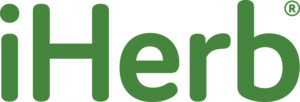ALASKA LEADS THE WORLD IN SUSTAINABLE FISHING PRACTICES
Alaskan fisheries are a model of sustainability; they lead the world in conservative, transparent fisheries management practices. Over the 40 years since the passing of the Magnusson Stevens act in 1976, both the U.S. and Alaska state governments have collected more publicly available scientific fisheries management data than any other fishery worldwide. American consumers who choose Alaska Pollock, Alaska Salmon, Alaska Crab, or Alaska Cod can rest assured they are making sensible choices for sustainably caught fish.




